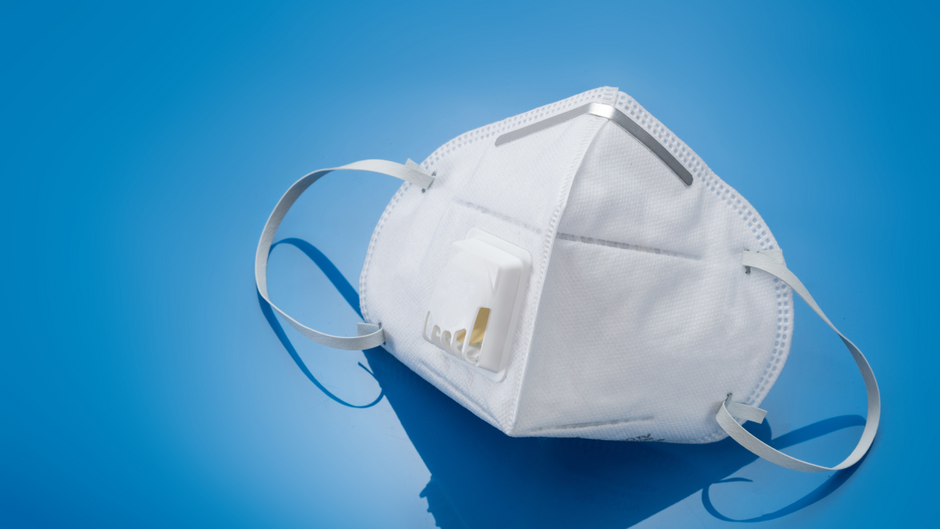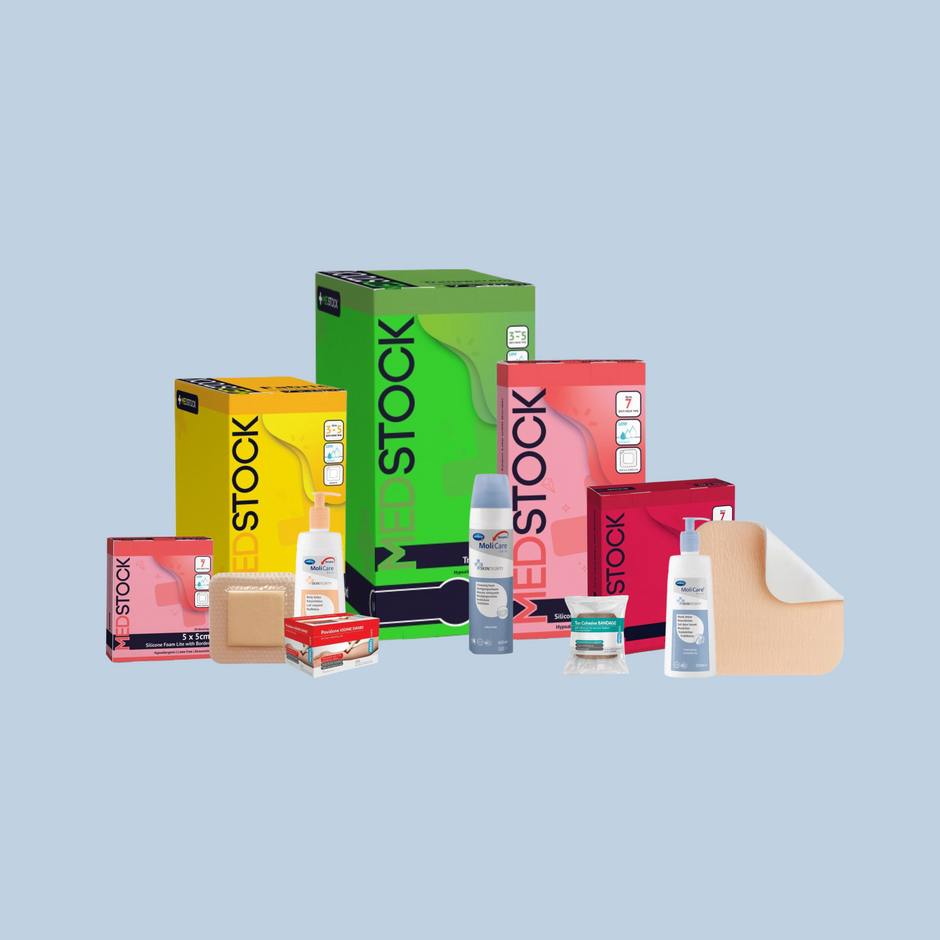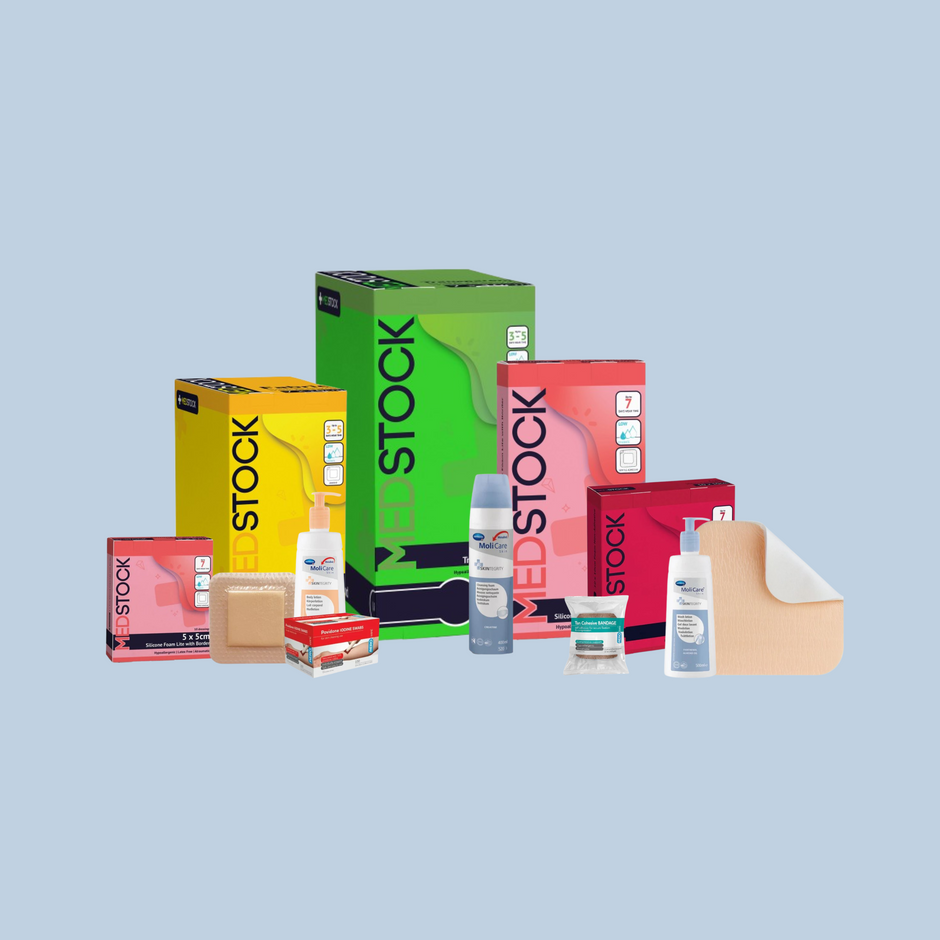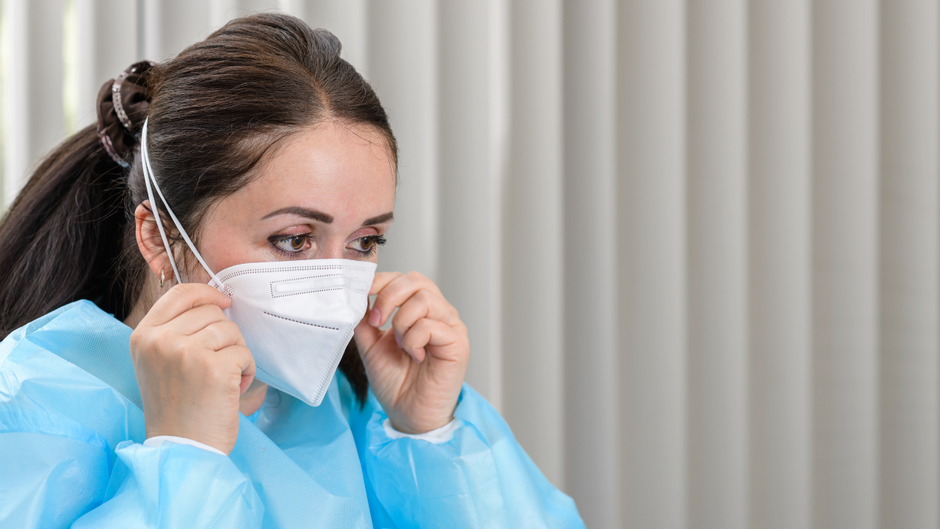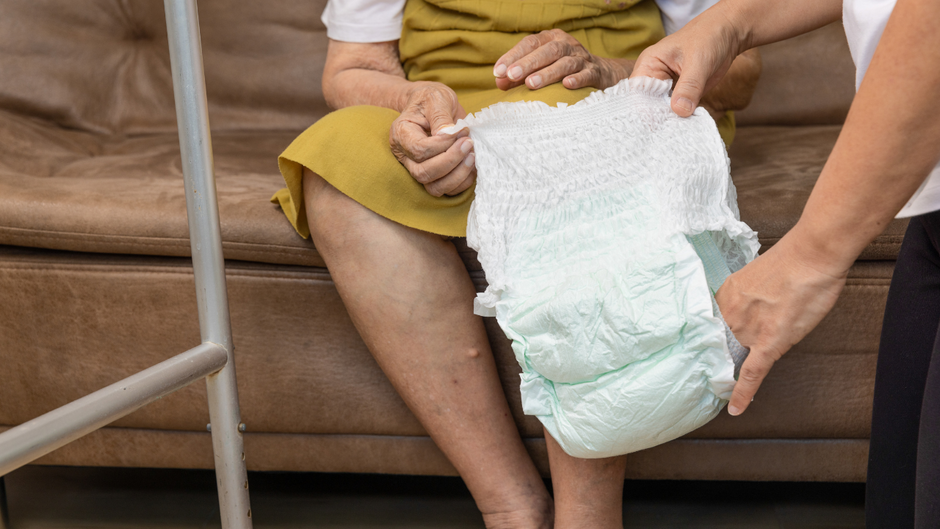 Before November 2021, only health care professionals performed Covid-19 testing in Australia. Up to this point, doctors and nurses diagnosed most Australian citizens via a PCR test involving a nose and throat swab. Although highly accurate, the testing process was lengthy, from patient to laboratory to the result.
Before November 2021, only health care professionals performed Covid-19 testing in Australia. Up to this point, doctors and nurses diagnosed most Australian citizens via a PCR test involving a nose and throat swab. Although highly accurate, the testing process was lengthy, from patient to laboratory to the result.
Encouragingly, Australia’s drugs regulator, the Therapeutic Goods Administration, approved several different home rapid antigen tests for public use and self-testing on 1 November 2021. Of these products, the Roche SARS-CoV-2 Antigen Self-Test has become a popular brand for many medical supply providers and individuals.
How the Roche Diagnostic SARS-CoV-2 Antigen Nasal Self-Test works?
Roche in partnership with AusMed Health, offer a screening tool to help detect a potential COVID-19 virus in an individual. These kits provide initial and rapid testing, providing results within 15 minutes.
It is always good to be adequately informed before using a home antigen test. This preparation will enable you to take the correct measures if you generate a positive test result.
A home antigen test is helpful because the SARS-CoV-2 virus causes respiratory tract infection. Its presence and the transmission of the virus are primarily through droplets found in the respiratory tract.
Scientists theorise the virus will replicate within the mucosal epithelium of the upper respiratory tract after exposure. In layman's terms, the virus initially impacts the nasal cavity and pharynx area. Within approximately a week from the onset of symptoms, the viral load will peak within the upper respiratory tract.
A home antigen test is designed to detect the presence of the SARS-CoV-2 virus via a specimen taken from the nasal cavity. The test can help you quickly and easily determine whether you might be infected with SARS-CoV-2 or not.
You can test yourself from the comfort of your home, and if negative can save yourself the time, money, and effort of a laboratory PCR test. An extra benefit is that you do not need specific training to use this product, as the rapid antigen test is easy to perform independently.
Nasal kit content, instructions for use and result interpretation
AusMed Health is proud to partner with Roche Diagnostics Australia. Our website allows you to purchase a Roche Antigen Nasal Self-testing Kit online. The kit contains the following items:
- Testing device packaged in a foil pouch accompanied by a desiccant
- Tube with extraction buffer and carrier
- Dispense cap
- Sterile swab
- Instructions for Use and Quick Reference Guide
When performing the nasal self-test, it is best to follow these four simple and effective steps:
- Take a sample – Only touch the sample kit after thoroughly washing your hands. Once your hands are clean, take the swab out of the packaging holding it by the handle only. Then, gently insert the swab into one nostril. It will be easier to do this if you tilt your head backwards. Insert the swab parallel to the roof of your mouth until you feel resistance. This insertion point should not go beyond more than 2mm deep. Without applying pressure, gently turn the swab four times or for about 15 seconds around the inside of the nose. Remove the swab from the nose and repeat with the same swab in the other nostril.
- Dissolve the sample (in the extraction buffer) – Once you remove the swab from your nose, carefully place it in the tube provided with the extraction buffer. The next step will be to squeeze shut the bottom of the tube while turning the swab back and forth ten times. After completing this step, remove the swab from the tube. As you do so, firmly squeeze the sides of the tube, forcing all the liquid out of the swab. Then press the dispenser cap firmly onto the tube.
- Apply the dissolved sample to the test cassette – Next, you will need to place the test strip provided in your kit on a flat surface. Take the tube and gently squeeze four drops of liquid accurately onto the round marked area (not the rectangular result window).
- Check the result – After applying the liquid to the testing strip, we suggest you set a timer between 15 and 30 minutes. Read the results after this time but not later than 30 minutes. The result may be incorrect if you read it after the recommended 30-minute period.
Interpretation of Test Results
If, after the required 15-minute waiting period, you can see a line in the testing window (T), together with a control line (C), it will mean that you more than likely have Covid-19. Therefore, it is advisable to seek guidance from your doctor following a positive result. This consultation will ensure early medical intervention for yourself and meet the requirement to protect others.
If there is no visible line in the testing window (T) and only one in the control (C) window, then it is unlikely you have Covid-19. However, suppose you have been in contact with individuals who have tested positive for this disease. In that case, we suggest you take another test within a few days or see your doctor should you develop the typical symptoms of Covid-19.
You should consider the result invalid if no control line (C) is visible. The absence of this control line means the test has not worked correctly, and you cannot interpret the result. Therefore, you will need to retest as soon as possible.
AusMed Health - your online medical supplier
At AusMed Health, we are interested in providing our customers with only the most comprehensive and competitive medical products on the market.
The Australian Register of Therapeutic Goods (ARTG) approves Our Roche Diagnostic SARS-CoV-2 Antigen Nasal Self-Test Kit. It comes with a guarantee to provide reliable results for individuals suspected of having COVID-19.
For more information, please email us at contact@ausmedhealth.com.au. Alternatively, you are welcome to call us via phone at +613 9560 3168 or mobile at 0414 565 840 or 0419 511 731. We look forward to hearing from you.



